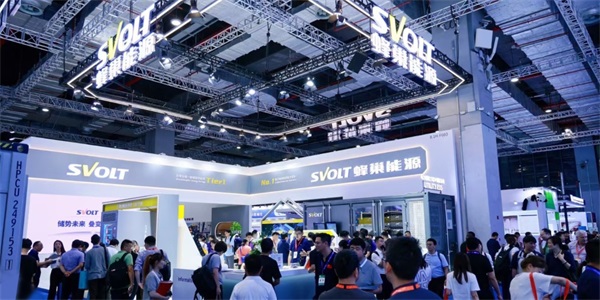4680 vs 4695 Batteries: Key Differences and Benefits for EVs
The electric vehicle (EV) industry is rapidly evolving, with battery technology playing a crucial role in performance, cost, and efficiency. Two notable cylindrical battery formats—4680 and 4695—have gained attention for their potential in next-generation EVs. While both share a 46mm diameter, their differences in height, capacity, and structural design impact their applications.

This article explores the key distinctions between 4680 and 4695 batteries, their advantages, and how they influence EV performance.
What is a 4680 Battery?
The 4680 battery is a cylindrical lithium-ion cell with a 46mm diameter and 80mm height, first introduced by Tesla for its Model Y. Compared to the older 2170 battery, the 4680 offers 5.7 times greater volume, allowing for higher energy density with fewer materials.
Key Benefits of the 4680 Battery:
· Higher Energy Density – Stores more power in a compact form.
· Cost Efficiency – Expected to reduce battery costs by 50% compared to 2170 cells at scale.
· Structural Advantages – Compatible with Cell-to-Chassis (CTC) technology, eliminating extra components.
Tesla’s adoption of CTC and integrated die-casting helps save 370 parts, reduce vehicle weight by 10%, and lower battery cost per kWh by 7%.
What is a 4695 Battery?
Similar to the 4680, the 4695 battery has a 46mm diameter but a taller 95mm height, making it another strong contender for high-capacity EV applications.
Key Features of the 4695 Battery:
· Higher Capacity – Typically exceeds 30,000mAh, compared to the 4680’s 26,000mAh.
· Optimized for EVs – Designed to maximize energy storage in electric vehicles.
While not yet as widely adopted as the 4680, the 4695’s larger size allows for even greater energy storage, making it a potential alternative for future EV models.
| Feature | 4680 Battery | 4695 Battery |
Dimensions | 46mm x 80mm | 46mm x 95mm |
Capacity | ~26,000mAh | >30,000mAh |
Charging Speed | 20 min to 60% (400V system) | Likely similar or better |
Structural Use | CTC-compatible (saves weight & cost) | Potential for similar integration |
1. Size & Capacity
The 4695 is taller (95mm vs. 80mm), allowing for higher capacity.
The 4680, while slightly smaller, benefits from Tesla’s optimized manufacturing.
2. Charging & Efficiency
Tesla’s 4680 battery supports ultra-fast charging (20 minutes to 60% on a 400V system).
If upgraded to 800V architecture, charging speeds could improve further.
3. Cost & Manufacturing
The 4680’s CTC integration reduces weight and production costs.
The 4695’s larger size may offer better energy density but could face higher manufacturing challenges.
Which Battery is Better for EVs?
Tesla’s 4680 is currently more cost-effective and production-ready, with proven benefits in weight reduction and charging speed.
The 4695 could be a strong alternative for automakers prioritizing maximum energy storage in a similar form factor.
As battery technology evolves, both formats will play a role in shaping the future of longer-range, faster-charging EVs.
Final Thoughts
The 4680 and 4695 batteries represent the next step in EV energy storage, balancing capacity, cost, and charging efficiency. While Tesla leads with the 4680, the 4695 could emerge as a competitive option for other manufacturers.
Which battery do you think will dominate the EV market? Let us know in the comments!

